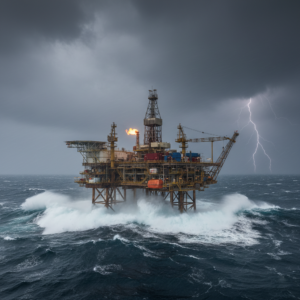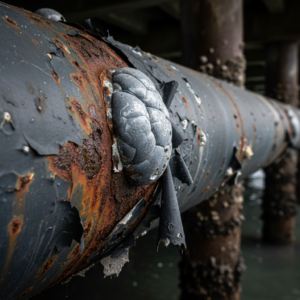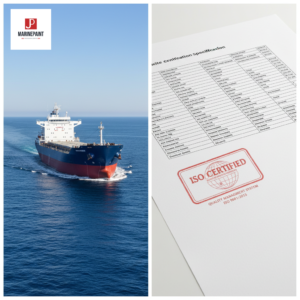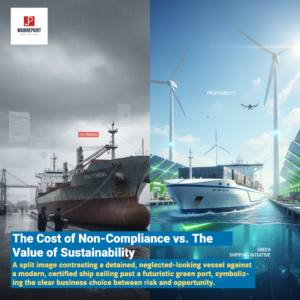Navigating Different Waters: How to Precisely Select Marine Antifouling Paint?# Navigating Different Waters: How to Precisely Select Marine Antifouling Paint?
Fouling on the hull slows down speed and increases fuel consumption? Choosing the wrong antifouling paint means poor protection and wasted money! Understanding aquatic differences is key to selecting an effective antifouling strategy, ensuring vessel performance and economic benefits.
Choosing the most suitable antifouling paint indeed requires comprehensive consideration of multiple factors. The temperature, salinity, light conditions, and the local types and severity of biofouling in different water environments (such as tropical, cold, high-salinity, freshwater, or brackish water) significantly affect the performance and lifespan of antifouling paint. Additionally, the vessel's operational patterns (like speed, sailing frequency, mooring time) and environmental regulations (restrictions on biocides) are crucial determinants. Tropical waters typically experience more severe and rapid biofouling, requiring highly efficient and durable antifouling paints. While fouling growth is slower in cold waters, specific types of algae and diatoms can be problematic, and low temperatures can affect the biocide release rate of some paints. High-salinity environments can accelerate hull corrosion and affect the chemical stability of certain antifouling paints.
For instance, JDmarine Coatings' JDmarine Antifouling Paints are formulated considering these diverse operational conditions. Our range includes options like our JD753 Tin-Free Self-Polishing Antifouling Paint, designed for consistent biocide release in high-fouling areas, and robust chlorinated rubber options such as JD713 Chlorinated Rubber Antifouling Paint (Fishing Vessel Paint) and the long-acting JD744 Chlorinated Rubber Antifouling Paint. For cost-effective solutions in moderate conditions or specific freshwater applications, our JDL44-83 Bituminous Antifouling Paint (703) can be considered. We focus on providing effective, environmentally conscious protection to optimize vessel performance and reduce operational costs.
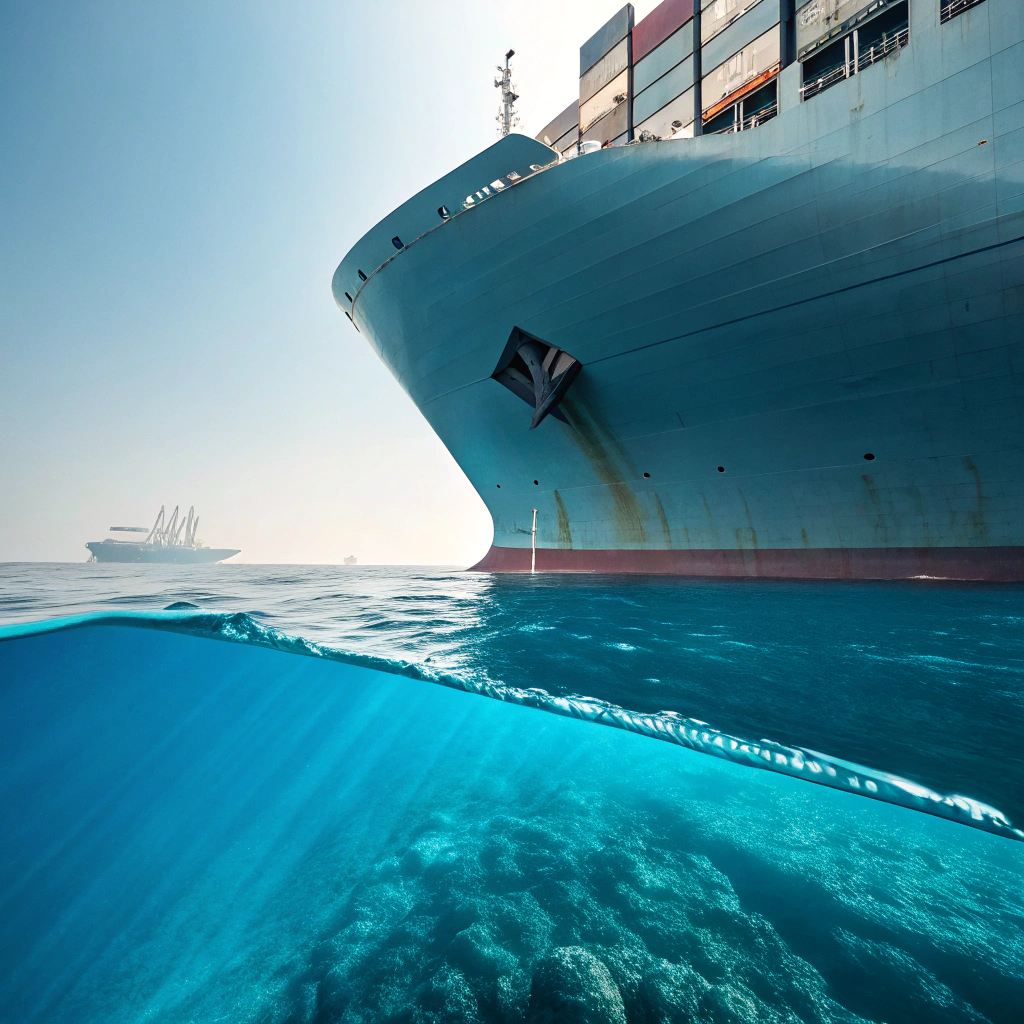
Having understood these basic principles, you might want to delve deeper into the specific impacts of different water environments and how to make targeted choices to maximize the effectiveness of your antifouling paint.
What Specific Impacts Do Different Water Environments Have on Antifouling Paint Performance?
Have you ever been frustrated by antifouling paint underperforming in specific waters? The aggressive biofouling in the tropics, the low-temperature challenges in cold regions, or the unique stress high-salinity waters place on paint films can all render your general-purpose antifouling paint ineffective. Ignoring these differences can lead to increased hull fouling, higher fuel consumption, and cleaning costs, and may even shorten vessel maintenance cycles, impacting operational efficiency. Selecting an antifouling paint truly adapted to the target water environment is a smart move to ensure smooth sailing and reduce long-term operational costs.
Different water environments have multifaceted impacts on antifouling paint performance, primarily affecting the biocide release rate, the physicochemical stability of the paint film, and its effectiveness against specific fouling organisms.
- Tropical Waters: High temperatures and abundant sunlight accelerate the metabolism and reproduction of marine organisms, leading to diverse and rapidly attaching biofouling. This places higher demands on the biocide release rate and broad-spectrum effectiveness of antifouling paints. For example, JDmarine Coatings' JDmarine JD753 Tin-Free Self-Polishing Antifouling Paint utilizes its self-polishing mechanism to continuously and uniformly release biocides in high-temperature, high-fouling environments, effectively combating common tropical foulers like barnacles, tubeworms, and algae.
- Cold Waters: Low temperatures can slow down the release rate of biocides from the paint film, potentially reducing antifouling effectiveness. Additionally, the types of fouling organisms in cold waters may differ from those in tropical regions; for instance, certain cold-water algae and diatoms might be more prevalent. Therefore, paints that can effectively release biocides at low temperatures and target common cold-water foulers are needed. JDmarine's JDmarine JD744 Chlorinated Rubber Antifouling Paint offers a durable film that performs reliably in cooler conditions.
- High-Salinity Waters: High salinity can accelerate the degradation of some paint films or affect the dissolution and migration of biocides. Salinity changes can also influence water conductivity, indirectly relating to hull corrosion issues, requiring good compatibility between the antifouling paint and the hull primer. Our JDmarine JD713 Chlorinated Rubber Antifouling Paint (Fishing Vessel Paint) is robust and well-suited for such challenging saline environments.
- Freshwater and Brackish Waters: The fouling organisms in these waters (such as zebra mussels, freshwater algae) differ significantly from those in marine environments, and many biocides designed for seawater may be ineffective or not permitted. Therefore, antifouling paints effective against freshwater foulers and compliant with local environmental regulations are necessary. The JDmarine JDL44-83 Asphalt Antifouling Paint (703) can serve as an economical choice for certain freshwater scenarios with moderate fouling.
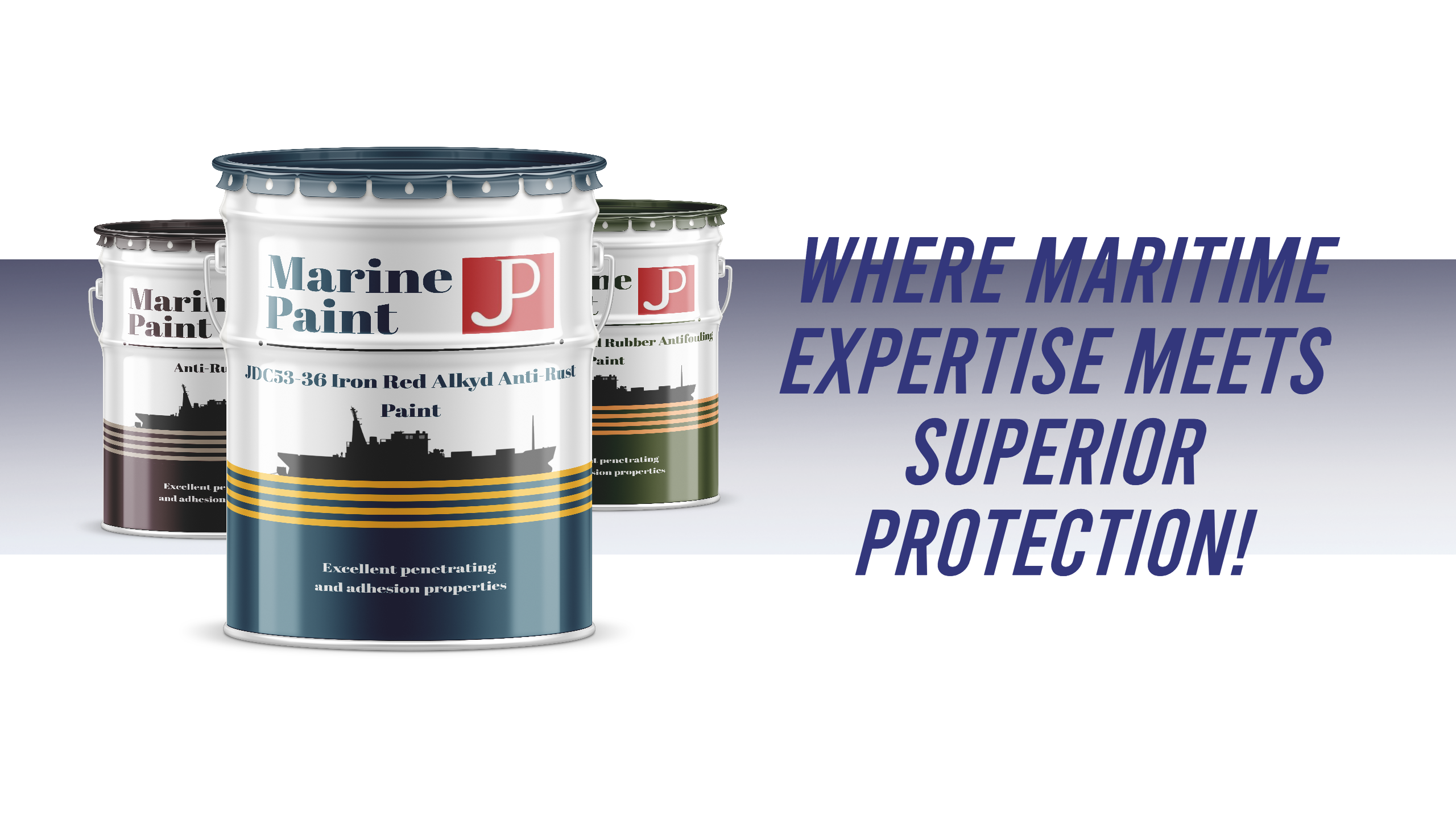
To more clearly understand these differences and their guiding significance for antifouling paint selection, we can analyze them from the following aspects:
Type and Intensity of Biofouling
The dominant biofouling communities vary greatly between different waters. Tropical areas might be dominated by hard-shelled organisms (barnacles, oysters) and large algae, while cold regions might see more diatoms and certain soft-bodied foulers. The biocides in the antifouling paint must be highly active against the dominant fouling organisms in the target waters.
Water Temperature and Paint Film Performance
Water temperature directly affects the biocide release rate. Generally, the higher the temperature, the faster the release. Therefore, antifouling paints designed for tropical waters might contain a higher initial concentration of biocides or use more advanced controlled-release technologies (like Self-Polishing Copolymer, SPC) to ensure lasting protection in high temperatures. In cold regions, the paint film needs to ensure an effective biocide leaching concentration even at low temperatures.
Salinity and Chemical Stability
Salinity not only affects biological species but can also impact the chemical stability of the paint film and the solubility of biocides. Some resin binders may degrade more easily in high salinity, and biocide release can also be affected by salt ions.
Vessel Operational Profile
In addition to the water environment, the vessel's operational profile (such as speed, mooring time, area of operation) is also a crucial factor in selecting antifouling paint. High-speed vessels might be better suited for hard antifouling paints or types that can achieve self-cleaning through water flow; whereas vessels that are moored for long periods or operate at low speeds require products with stronger static antifouling capabilities.
The table below summarizes the key considerations for different water environments:
| Water Environment | Key Characteristics | Dominant Fouling Type | Core Consideration for Antifouling Choice | JDmarine Example Recommendation |
|---|---|---|---|---|
| Tropical | High temp, high sunlight, high biodiversity | Barnacles, tubeworms, macroalgae | High-efficacy broad-spectrum biocides, consistent stable release (e.g., SPC technology) | JD753 Tin-Free Self-Polishing Antifouling Paint |
| Cold/Arctic | Low temp, slow growth, potential ice | Diatoms, cold-water algae, biofilm | Effective release at low temp, potential abrasion resistance | JD744 Chlorinated Rubber Antifouling Paint |
| High Salinity | High ion concentration, may affect film stability | Salt-tolerant organisms, biofilm | Good chemical stability of film, effective biocide release in saline water | JD713 Chlorinated Rubber Antifouling Paint (Fishing Vessel Paint) |
| Fresh/Brackish | Different species, stricter environmental regs | Zebra mussels, freshwater algae, aquatic plants | Targeted biocides (e.g., non-copper based if regulated), compliance with environmental regulations | JDL44-83 Bituminous Antifouling Paint (703) |
Correctly assessing the water environment where the vessel will operate, combined with the vessel's own characteristics, and choosing specifically designed and validated antifouling paint products like the JDmarine JDmarine series, is the way to achieve optimal antifouling effects and economic benefits.
Conclusion
Choosing the right antifouling paint for your vessel is a critical step in ensuring its efficient and economical operation. Remember, there is no universal antifouling paint; the real secret lies in precisely matching the water environment with the vessel's needs. JDmarine JDmarine antifouling paints, with their diverse product line and professional technology, are dedicated to protecting your every voyage.
![]()


